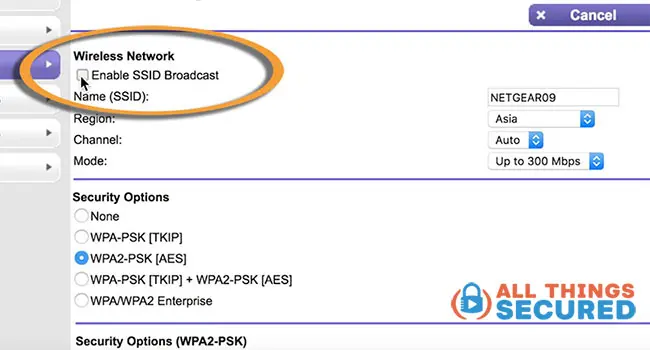What Is A Hidden Network Wifi

Your Wi-Fi network might not be as invisible as you think. Hidden networks, designed for enhanced privacy, can actually present security risks if not configured properly.
This article cuts through the jargon to explain what a hidden Wi-Fi network is, how it works, and the potential pitfalls users face when relying on this security measure.
What Exactly Is a Hidden Wi-Fi Network?
A hidden Wi-Fi network, also known as a SSID-cloaked network, simply doesn't broadcast its name (Service Set Identifier). Standard Wi-Fi networks openly announce their presence, making them easy to find and connect to.
Hiding the SSID means your device won't automatically "see" the network. You must manually enter the network name and password to connect.
How Does Hiding the SSID Work?
Wi-Fi routers typically broadcast beacon frames that include the SSID. Disabling SSID broadcast prevents the router from sending these announcements.
This doesn't make the network completely invisible, however. It only hides it from casual scans.
The Illusion of Enhanced Security
The common misconception is that hiding your SSID dramatically increases security. In reality, it offers only a minimal deterrent.
Sophisticated tools can still detect hidden networks. Network analyzers can identify the network by monitoring traffic and inferring the SSID.
The Security Risks You Need to Know
Hiding your SSID can lead to unforeseen security vulnerabilities. Your device actively probes for the hidden network.
This probing broadcasts the hidden network's name, potentially revealing it to nearby attackers. This actively makes your network a target because it shows you are using outdated security methods.
Moreover, manually connecting to a hidden network can be less secure. Users are more likely to bypass other security measures, like complex passwords or encryption protocols, when they feel the network is already "hidden."
The Usability Drawbacks
Hidden networks present usability challenges. Every time a new device connects, you must manually enter the SSID and password.
This is inconvenient, especially for guests. It is far easier and more secure to provide a guest network with a strong password.
Some devices may struggle to connect to hidden networks at all. This incompatibility can lead to frustration and troubleshooting.
Alternatives to Hiding Your SSID
For enhanced security, consider stronger alternatives. Using a strong password is a foundational step.
Enable WPA3 encryption, the latest Wi-Fi security protocol. WPA3 offers superior protection against password cracking and eavesdropping compared to older protocols like WEP or WPA.
Implement a MAC address filter. This restricts network access to devices with pre-approved MAC addresses. Be aware that it also requires more maintenance as new devices join your network.
Consider a Virtual Private Network (VPN). A VPN encrypts all internet traffic, adding a layer of security even on public or less secure networks.
Who Is Affected?
Anyone using a hidden Wi-Fi network is potentially affected. This includes home users, small businesses, and even larger organizations that mistakenly believe hiding the SSID provides adequate security.
Consumers who prioritize ease of use over security may be particularly vulnerable. They are more likely to choose convenience over implementing robust security measures.
When Did This Become a Concern?
The limitations and risks of hiding SSIDs have been known for years. Security experts have consistently advised against relying on this method as a primary security measure.
The availability of sophisticated hacking tools has further highlighted its inadequacy. These tools make it easier than ever to detect hidden networks.
Where Are These Risks Most Prevalent?
These risks are present wherever hidden Wi-Fi networks are used. Densely populated areas with multiple Wi-Fi networks are particularly vulnerable, because of the higher likelihood of eavesdropping.
The Bottom Line: Rethink Your Hidden Network
Hiding your Wi-Fi network's SSID is not a reliable security measure. It provides a false sense of security while potentially creating new vulnerabilities.
Prioritize stronger security measures like strong passwords, WPA3 encryption, and VPNs. These measures offer real protection against modern threats.
If you are currently using a hidden network, it's time to reassess your security strategy. Disable SSID hiding and implement more effective safeguards immediately.
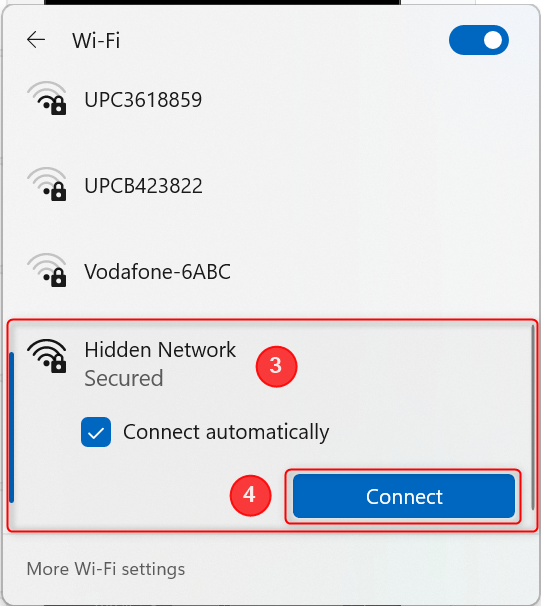
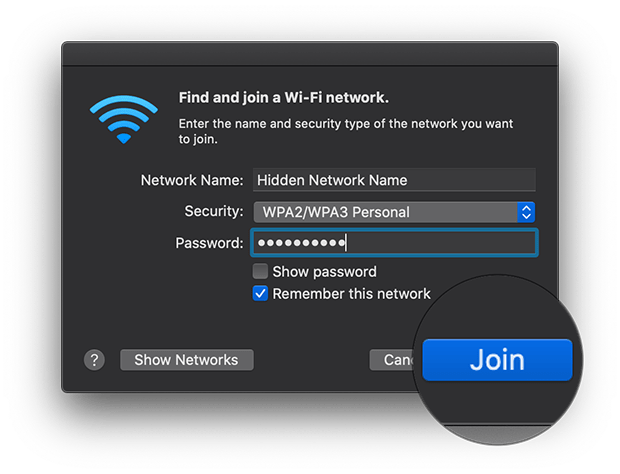

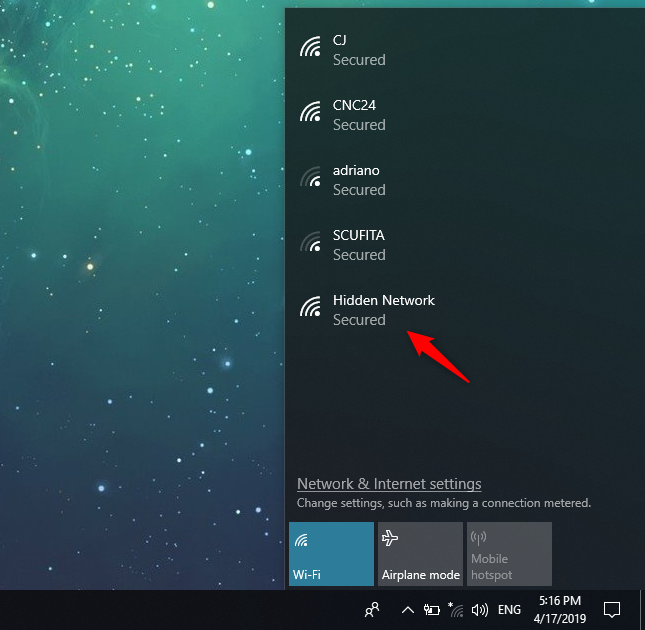
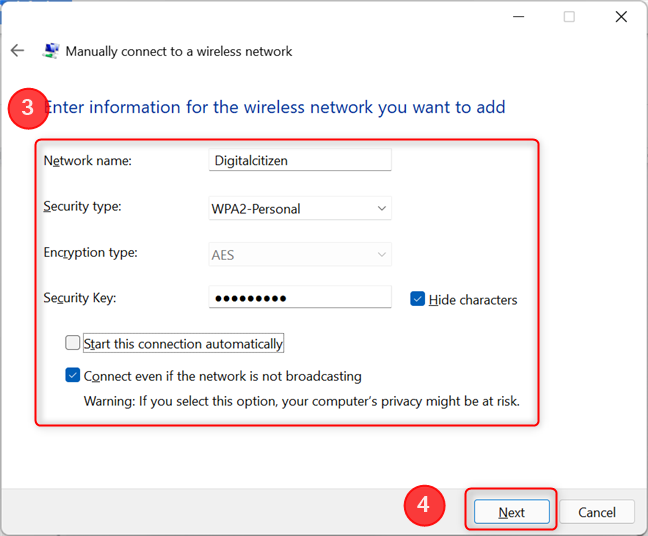


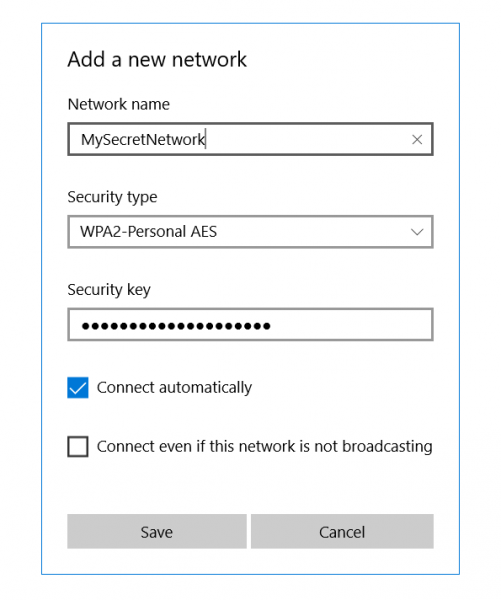
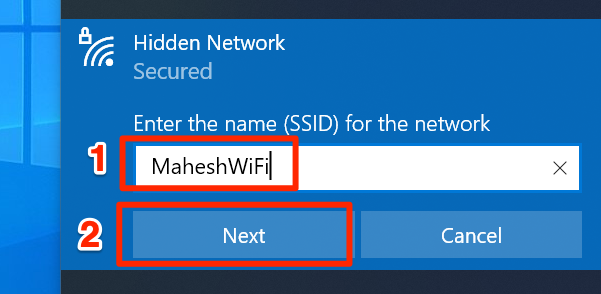
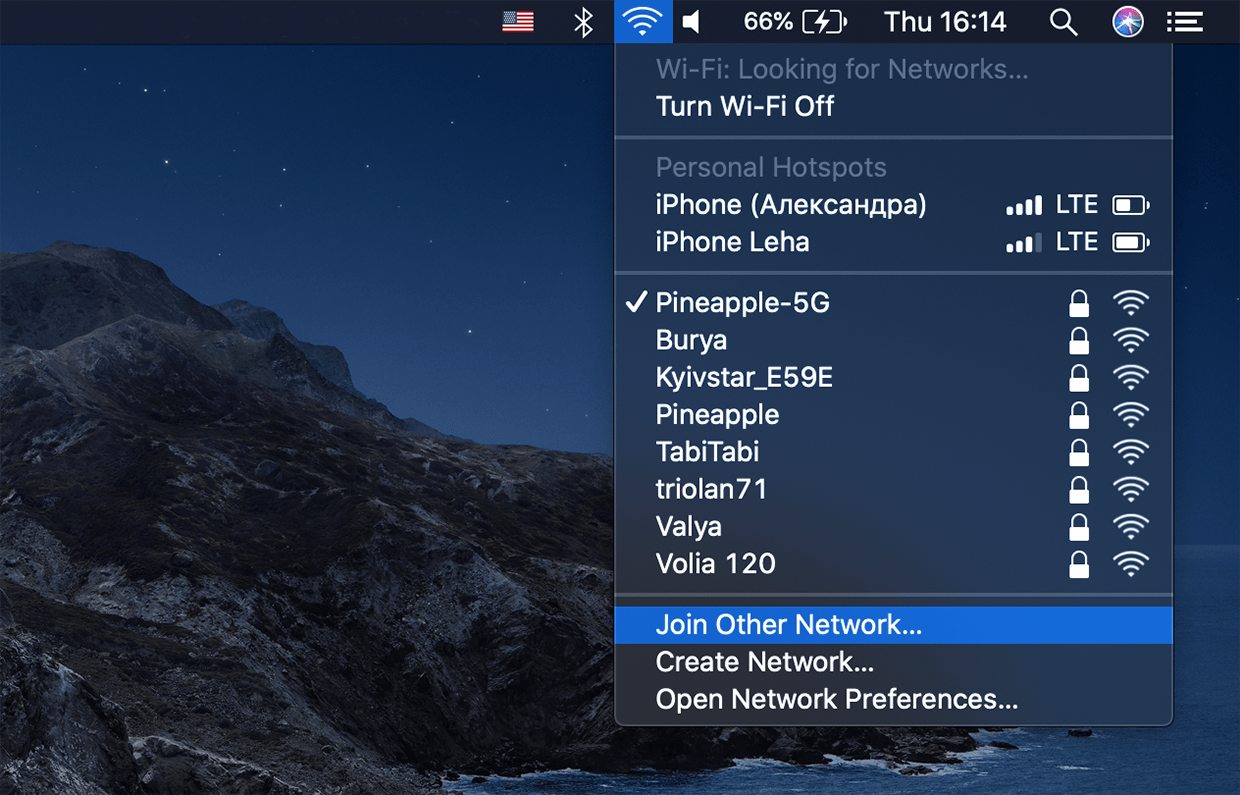

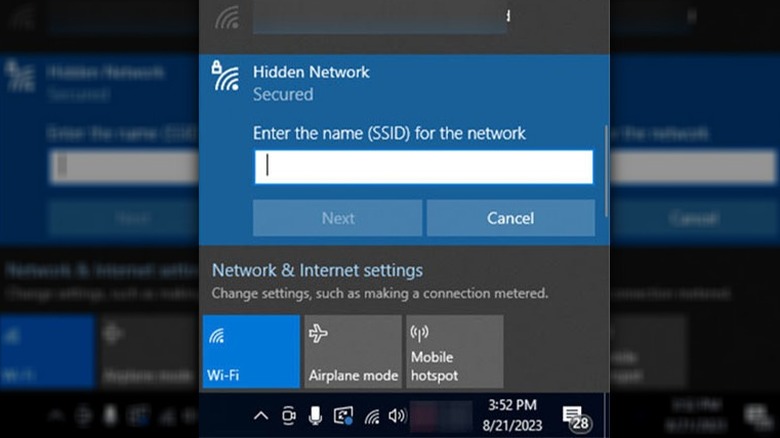


:max_bytes(150000):strip_icc()/what-to-know-about-connecting-to-a-hidden-network-52163514-98f40c3d5170438bbf28942c2c122b4b.jpg)

